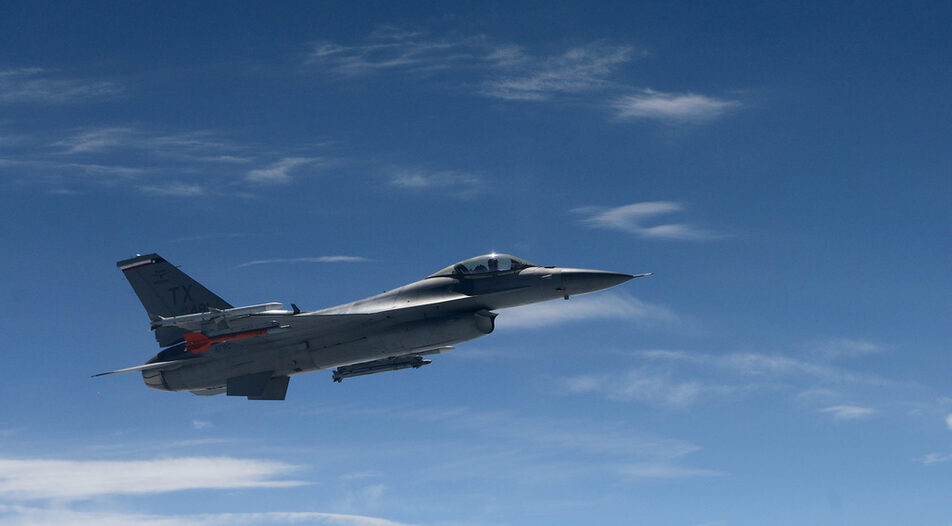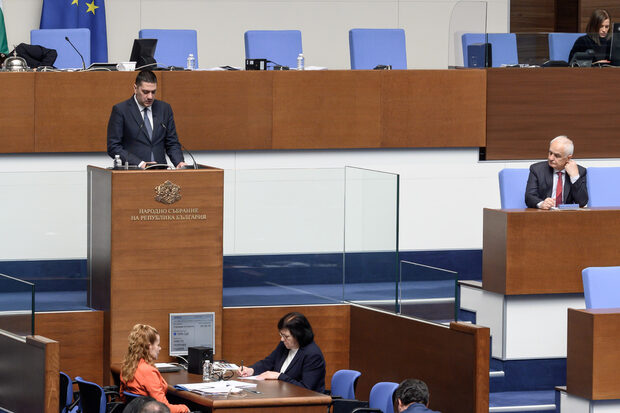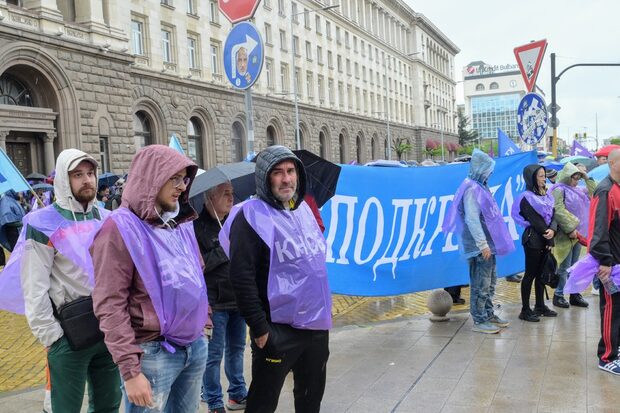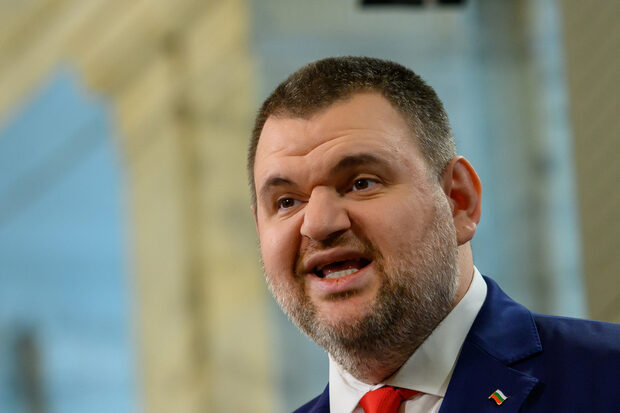"The State Department has made a determination approving a possible Foreign Military Sale to the Government of Bulgaria of F-16 C/D Block 70 Aircraft and related equipment for an estimated cost of 1.673 billion USD. The Defense Security Cooperation Agency (DSCA) delivered the required certification notifying Congress of this possible sale today." With this message posted on DSCA's website on 4 April the US formally announced Sofia has expressed interest in buying a second batch of 8 advanced aircraft for its dilapidated aviation fleet.
Contrary to expectations within Bulgarian political circles, the US' offer for a similar number of combat aircraft is higher compared to the first deal that was completed in 2019, when Sofia paid 1.256 billion USD, or 2.2 billion BGN in advance for the delivery of 8 planes, which are still to be produced. The difference is that four years ago, Parliament signed for much more modestly equipped planes, whereas the new offer - if it is approved in its current form - would include much more advanced weaponry.
At that time, the ruling GERB party terminated the initial tender procedure that approved the Swedish-made Gripen fighter jets of the defense corporation Saab (which offered 10 aircraft and fit into the initially voted budget of 1.8 billion BGN). The third cabinet of Mr Borissov (2017-2021) abandoned public procurements and decided to enter state-to-state negotiations, arguing that it would seek "strategic cooperation" with Washington. Politicians from the then ruling party began swearing that the second batch of US fighters would be cheaper and would come at a "political price", this time payable in installments. As the former appears to have been a pipe dream, it remains to be seen whether at least the latter would prove possible.
Why is it more expensive?
There are several reasons for the seemingly illogical price hike. In general, defense deals have a 3 to 5 percent annual appreciation due to inflation, rising raw material and component prices as dozens, if not hundreds, of subcontractors' equipment is installed in a modern system. In the last two years, prices have been further pushed up by supply chain disruptions.
What is more, the situation is likely to deteriorate further due to the global effects of sanctions against Russia over the invasion of Ukraine that would effectively - albeit unofficially - divide the world into (at least) two rival economic camps. All of these, however, were factors that should have been taken into account earlier by Bulgarian politicians, who ought to have communicated it to their voters. The latter would likely now be quite shocked at the bill they will have to pay to ensure that Bulgarian airspace remains guarded by Bulgarian aircraft.
The offer also leaves a rather bitter taste compared to a similar deal, albeit for "second hand" jets, which a NATO ally struck with neighboring Romania. Authorities in Bucharest formally approved the purchase of 32 used F-16 fighter jets currently in service in Norway, which will come at a truly "political price" of 513 million USD, or about 900 million BGN.
In practice, Romania will get four times as many fighter jets, which are already produced and operational, for about 40 percent of what Bulgaria prepaid for the first eight new F-16s. On top of it all, they will start getting delivered as late as 2025 because of production delays at Lockheed Martin's newly built factory in Greenville, South Carolina. The comparison is even more unfavorable when talking about the current US bid. The Norwegian F-16s are indeed nearly 40 years behind their time, but they are available here and now, are well maintained, and can easily provide at least 10 more years of combat service until the Romanian Air Force can make the time-consuming transition from Soviet to NATO weapons.
The alternative
Likely because he anticipated such an expensive - and difficult to savor politically - deal, last week President Rumen Radev preemptively began to prepare the ground for an alternative option based on "second hand" fighters similar to the one Romania signed. After meeting his Polish counterpart, Mr Radev said that Sofia should look for used warplanes, as the new US fighters would not be able to completely take over combat duty from the MiG-29s until 2030.
After the last summit at NATO headquarters, Mr Radev announced that he had discussed with Dutch Prime Minister Mark Rutte the option of buying used F-16s that have been upgraded to the minimum Mid-Life Upgrade (MLU) standard required for them to fly alongside other allied aircraft. He also held talks with Italian Prime Minister Mario Draghi about used Eurofighter jets, as well as with French President Macron, most likely about Rafale fighter jets. Prime Minister Petkov, on the other hand, has promised to talk to German Chancellor Olaf Scholz about "second-hand" German fighters, Mr Radev claimed.
Back to the US offer for new F-16 Block 70, there are a few things worth noting. First, it is unfortunate to see that once again the proposed weapons package remains modest - 19 more long-range air-to-air missiles, 20 close combat missiles, 28 smart and 24 free-fall bombs, as well as 24 upgrades to convert them into smart ones. Also, only four of the fighters will be able to be equipped with Sniper precision targeting canisters.
Fortunately, four of the machines on offer will be two-seaters, which means that the Bulgarian Air Force will be able to conduct intensive training of new pilots with them. The downside is that, according to defense experts, Sofia will have to buy a minimum of 100 missiles each for close and long-range air combat if it really wants to prepare for a potential real, higher intensity conflict on NATO's Eastern flank. Thus, the offer of another 3 billion BGN is not the real price Bulgaria will have to pay to have a truly modern NATO fighter squadron. It is just the first step.
"The State Department has made a determination approving a possible Foreign Military Sale to the Government of Bulgaria of F-16 C/D Block 70 Aircraft and related equipment for an estimated cost of 1.673 billion USD. The Defense Security Cooperation Agency (DSCA) delivered the required certification notifying Congress of this possible sale today." With this message posted on DSCA's website on 4 April the US formally announced Sofia has expressed interest in buying a second batch of 8 advanced aircraft for its dilapidated aviation fleet.
Contrary to expectations within Bulgarian political circles, the US' offer for a similar number of combat aircraft is higher compared to the first deal that was completed in 2019, when Sofia paid 1.256 billion USD, or 2.2 billion BGN in advance for the delivery of 8 planes, which are still to be produced. The difference is that four years ago, Parliament signed for much more modestly equipped planes, whereas the new offer - if it is approved in its current form - would include much more advanced weaponry.












